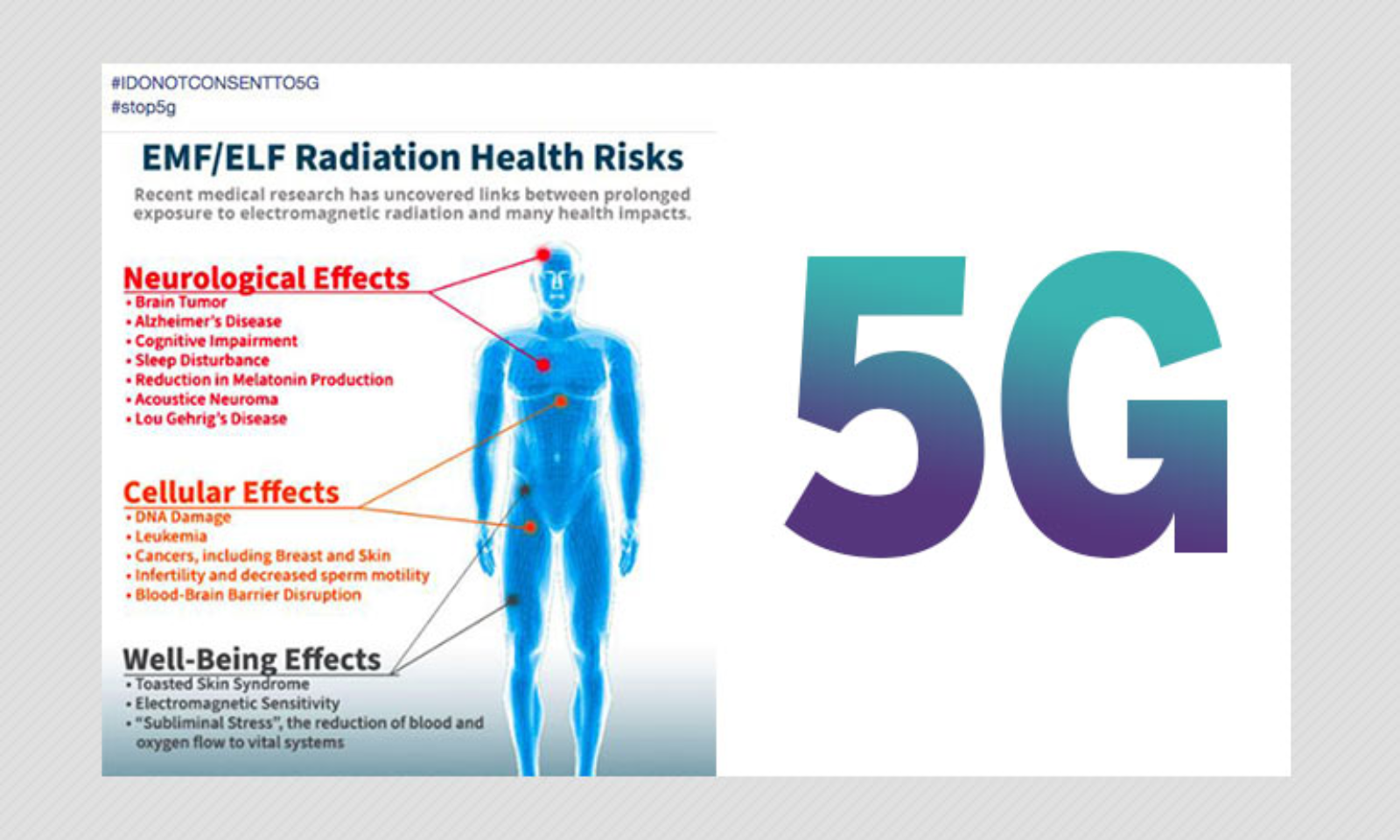This article covers the topic of 5G radiation, which is a non-ionizing form of electromagnetic radiation. Because 5G radiation is small, it doesn't have the ability to break the bonds between chemical molecules in biological tissues or cause any changes to cells. It isn't known whether the effects of 5G radiation alter the risk of developing skin cancer, and there is no evidence that has been found to suggest it may cause other illnesses.
High-frequency millimeter wave radiation
High-frequency millimeter-wave radiation from mobile phones and wireless networks can cause health issues to human beings. There are many ways in which this radiation could cause harm. In some instances radiation may cause damage to a person's DNA. In other instances, it may cause damage to other areas of the body, including the brain.
Recent studies have shown that 5G technology can induce thermal heating in tissues. As a result, scientists from International Council on Non-Ionizing Radiation Protection (ICNIRP) has asked to review the current thermal and biological safety standards. The current standards for exposure don't protect people from excessive heating in the event of exposure to pulsed millimeter wave radiation.
Skin cancer risk
There is no definitive answer at present to the question of whether 5G radiation causes skin cancer. It is however believed that RF-EMFs from 5G behave much like high-LET ionizing radiations. As a result, they may cause large amounts of free radicals in the skin. The FCC hasn't issued any specific guidelines regarding the dangers of 5G technology. The debate continues.
While there are plenty of studies that examine the impact of radio waves with higher frequencies on human health, they have been largely limited in their scope. However, there is 5g towers radiation over the effects of millimeter-wavelength exposure on oxidative stress and gene expression. The effects could extend to the skin and various organs, including the brain.
The impact of other illnesses
The latest generation of technology for wireless, 5G, is rapidly expanding, but scientists are advising against the potential health risks it could pose. 5G will dramatically increase the quantity of electromagnetic radiation found in our environment. This is a concern that has sparked debates in many nations which includes Switzerland. In September 2017 390 scientists and doctors supported a motion for the suspension of 5G technology. This motion was not heeded by the European Commission, which is responsible for controlling the use of 5G technology.
In the end, it is necessary to conduct more research to assess the health effects of 5G. While we wait, studies have shown that 5G isn't causing the same effects in humans as radiofrequency from the older mobile networks. Also, it doesn't spread an entirely new strain of coronavirus. In addition, it does not make people more vulnerable to viral infections.
5g radiation symptoms of exposure
The measurement of exposure to 5G radiation is an essential component of the security of 5G networks. There are two ways to determine exposure. One is to measure the RF power absorption by human tissues. Another is measuring the amount of radiofrequency energy produced from an object. Radiofrequency energy (RF) is an energy field that comes from radio transmitters.
The United States, the FCC has imposed a restriction on the power density of mobile devices running 5G. These tests can only measure power density at just several inches, and the FCC does not have to measure every beam. However how much power is generated by each beam can be determined using computer simulation. 5g radiation is selected according to the beam's configuration. each beam.
The study has its limitations

There has been a lot of debate about the impact of 5G radiation on the health of humans. For instance, the Swiss Government, for instance has released an analysis that concludes the technology is not likely to cause adverse health effects in the short-term, however, there aren't any studies that show long-term negative effects. However, this report also has a variety of issues, including biased reports.
The frequency and power of radio waves that transmit energy are determined by the frequency. The energy that is carried by a millimetre wave will be the same as that of current radio waves however, they're less visible and are ideal for high-density settings as they won't be easily block by walls or glass. High-density urban areas would require a high number of smaller, low-power locations, and suburban areas will be better served by 5G stations that operate at lower frequencies.
